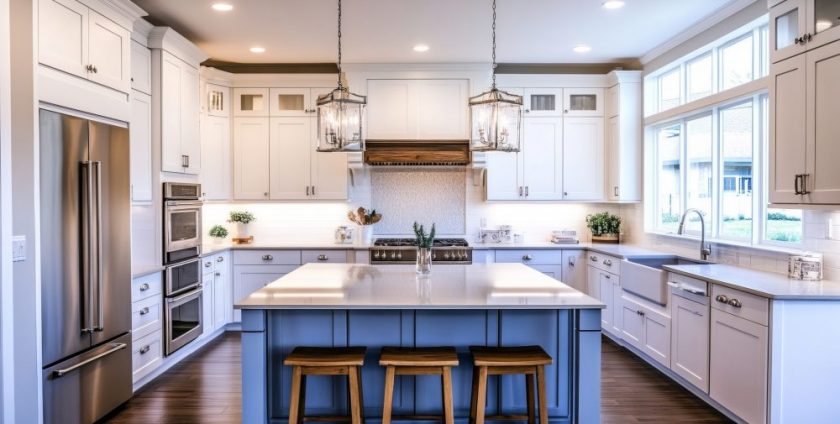
- By: Ryo
- Tags: countertop, kitchen, kitchen design
- Category: Kitchen Countertops, Kitchen Tips
- 0 comment
Countertop prohibited items should be seriously considered by home owners to ensure their longevity and quality. Here are 5 important elements that home owners should strive to avoid.
Countertop Prohibited Items #1: Directly Placing Hot Pots And Pans
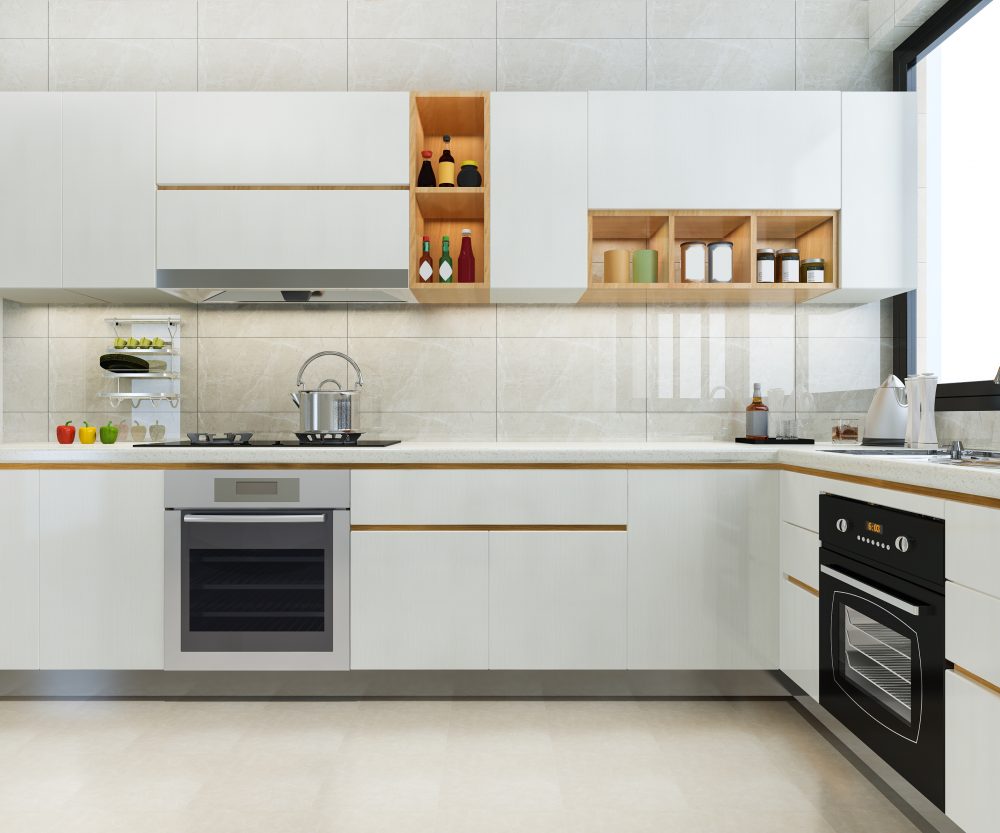
One of the errors people do most frequently is placing hot pots and pans directly onto the countertops. This will eventually cause a lot of damage to the countertop surface such as discolouration or even warping after some time when the temperature suddenly changes upon contact with a hot cooking pan — especially on sensitive materials such as laminate or wood. Most countertops are manufactured to withstand normal cooking temperatures — a sudden extreme heat may be beyond its tolerance and leave an ugly mark or irreversible damage.
Although granite and quartz surfaces generally resist extremely high temperatures, they can also suffer thermal shock in case of exposing them to drastic changes in temperature. This is true when there are even slight cracks or weak spots on its surface. The hot cookware should always be put down with trivets or heat pads in order to save your countertop. Besides the protection these barriers provide, it creates a stable surface with the non-slip feature which helps in preventing an accident. On top of it all, trivets can keep the kitchen clean because they catch drips and save you from a mess on the countertop.
Aside from the visible and physical damages, setting hot pots and pans on the countertops will degrade the integrity of the material over time which is actually very costly to repair or replace. By doing so, you are cultivating a good practice that helps in prolonging the life of your countertop and at the same time, encouraging safety in cooking. After all, it is these minor precautions that will make sure that the kitchen not only remains a beautiful place but also functional for food preparation. Being prepared for contingencies like this saves you many frustrating processes and inflated costs in the long run.
Countertop Prohibited Items #2: Placing ANything That Is Excessively Heavy
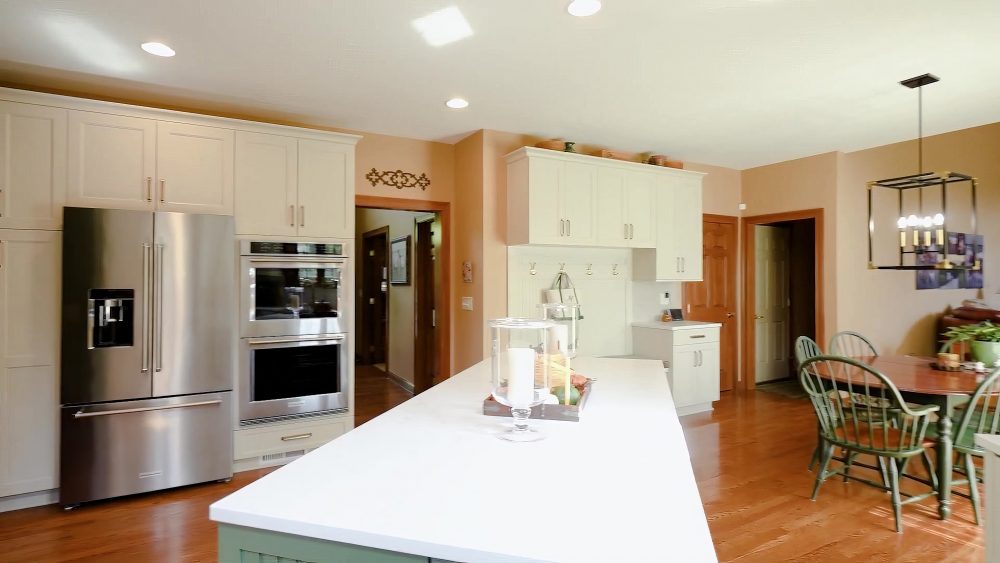
The most important care related to countertop problems is related to excessive weight. This is because heavy objects, when placed on any countertop surface, will eventually cause long-term damage or structural problems in the long run. Countertops are built to handle typical kitchen activities. However, overloading heavy objects such as large appliances, cookware or stacks of dishes may cause pressure points that will crack, warp or break the countertop eventually. This is most evident on the surface of laminates that could be more sensitive to damage caused by weight and natural stones such as granite or marble, though resistant to most scratches and cracks, can indeed suffer from stress dents after some time.
Moreover, it could even cause permanent indentations or scratches compromising the aesthetic view of your countertops. For example, although it may be a good idea of convenience to have a bulky stand mixer or even a coffee maker out and accessible, it will not be good for the countertop especially if the devices are often moved.
To avoid any possible damage, it is better to store heavy appliances in cabinets or on low shelves rather than on the countertops themselves. If the space on the countertop is limited, it would be better to consider having a rolling cart or a strong shelf to hold such items. This will give room for your countertops to be free and at functional use.
Being aware of how much weight one places on the countertops will not only let them preserve their look and structural integrity but also bring more organisation and efficiency in the kitchen. In the end, the extra care given to the countertop by avoiding extreme weight pays off in longevity — ensuring that the overall aesthetic of your kitchen stays intact for years into the future.
Countertop Prohibited Items #3: Raw Food
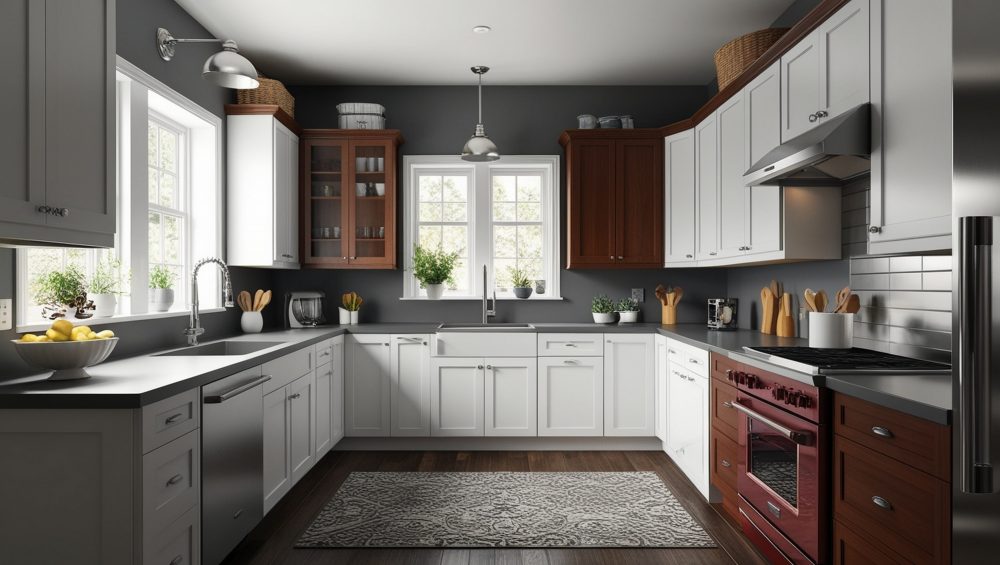
Some of the health hazards to avoid at all times when preparing food are placing raw food on the counter. This is because raw meat, poultry and seafood carry bacteria such as Salmonella and E. coli. Such bacteria could easily contaminate the surface of the countertop. This in itself is a serious danger since juices from raw food may come into contact with other things or areas for food preparation and cause cross-contamination. Such bacteria can survive on surfaces for extended periods of time — keeping the environment clean is important.
One should use separate cutting boards for raw foods in preventing illness and the same cutting boards should be cleaned and sanitised after every use. In addition, while raw fruits and vegetables are generally safer than meats, they can harbour pesticides or bacteria from the soil — it is always important to wash thoroughly before cutting. Laminated countertops or those made from wood or certain kinds of stone are porous, which means that they will absorb contaminants and make it impossible to get a hygienic surface. Even a non-porous surface could get compromised if not cleaned after handling raw foods.
It will be good practice to isolate areas in your kitchen for the purpose of handling raw foods and cleaning any surfaces immediately after contact with these items. Being proactive will protect not only your health but also your kitchen from being a hazardous place to prepare food. Practice of these habits will make the kitchen cleaner and more sanitary — reducing the possibility of diseases and availing a healthy environment for you and your family.
Countertop Prohibited Items #4: Cleaners And Strong Chemicals

Placing chemicals on the countertops is a very hazardous activity which results in severe destruction of the surface and creates health risks. Most household cleaners contain a very harsh ingredients which after some time begins eating away at the finish on countertops especially natural stone ones such as granite or marble. Most of these surfaces are sealed for protection and with the repeated use corrosive substances, this seal degrades and makes the countertop more prone to stains, scratches and discolouration.
Besides that, fumes released from these strong cleaning agents can also be unhealthy especially in an enclosed kitchen area. If these substances spill over, they eventually seep into porous material and leave lingering odours that could foster growth of bacteria or mould. More importantly, combinations of some active ingredients of different cleaning products may produce certain chemical reactions leading to toxic gases injurious to life.
Another risk involves contamination — if the cleaning supplies are kept near food or are used near the area where food is prepared, there is the danger of inadvertently transferring poisonous substances on food. Such cleaning supplies should be kept in specified locations and should be kept far from food preparation areas to avoid toxic contact with your countertops and to keep the cooking environment safe.
Instead of having these chemicals on the countertop, keep them straight from their original containers where needed and with proper ventilation. The risks can be minimised further by going for nontoxic or natural cleaning alternatives which would go a long way in making your kitchen both safe and clean. You do not need to put harsh chemicals on your countertops — you are maintaining the integrity of your surfaces, ensure minimal health risks and are making a more safe kitchen area for yourself and your family.
Countertop Prohibited Items #5: ANy Form Of Sharp Utensils
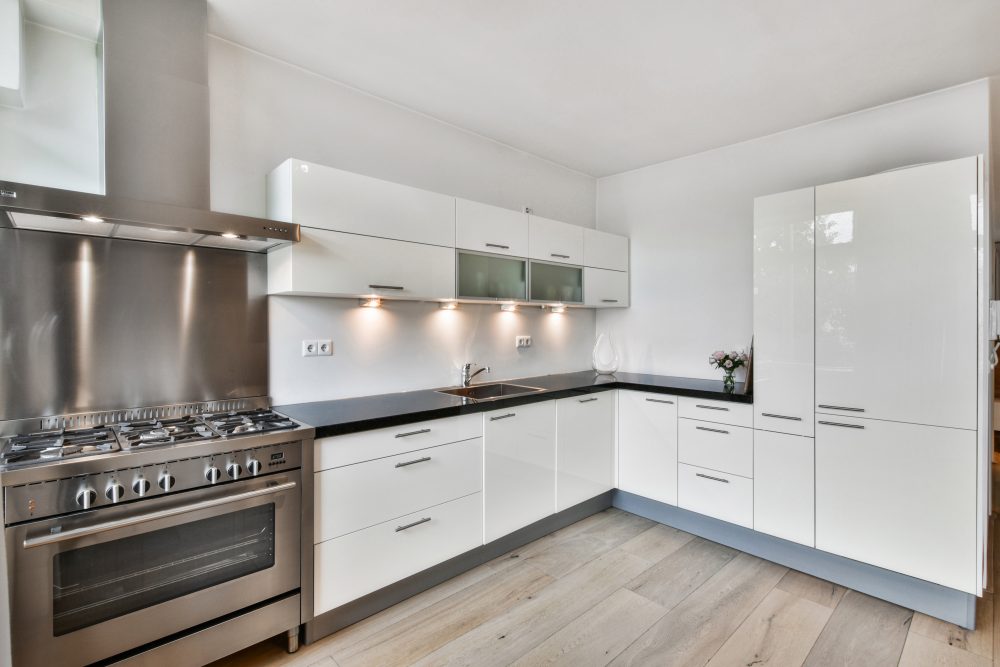
Sharp objects should not be placed directly onto the countertops to avoid any safety hazard and to protect the finish of the surface. Countertops can be made from various materials including wood, laminate, granite and quartz — all are easy to chip or scratch with sharp objects. This is because knives and other cutting tools can scratch through the surfaces, creating a distortion in the visual appeal of the countertop and resulting in cranny spots that may gather bacteria and filth. This is rather risky in kitchen environments as hygiene is absolutely crucial in order to ensure that food will be safe for consumption.
Abandoned sharp objects may be really dangerous in case one lives with children or pets that can get injured accidentally with such an object. Instead of placing knives or any other sharp tools on countertops to rest, there is the option of using cutting boards that are meant to absorb the impact of the cutting action. Apart from saving countertops from damage, cutting boards also keep the knives sharp.
Again, this is where using a specific storage solution such as a knife block or magnetic strip becomes handy ultimately for keeping sharp things hidden and safe but at the same time easy to access when needed. These precautions will help home owners preserve not only the beauty but also the functionality of their countertop and provide a safer kitchen environment.
The last aspect would be the strict avoidance of placing sharp items right onto the countertops which may cause huge damage and also quite a good level of safety risk. Having cutting boards and storage options makes a big difference in safeguarding countertops — attaining a clean and tidy kitchen area. Making these simple adjustments could then be followed by dramatic improvements in both safety and maintenance.
SIGN UP FOR KITCHEN DESIGN IDEAS:
Join over 5,000 homeowners subscribed to our newsletter!